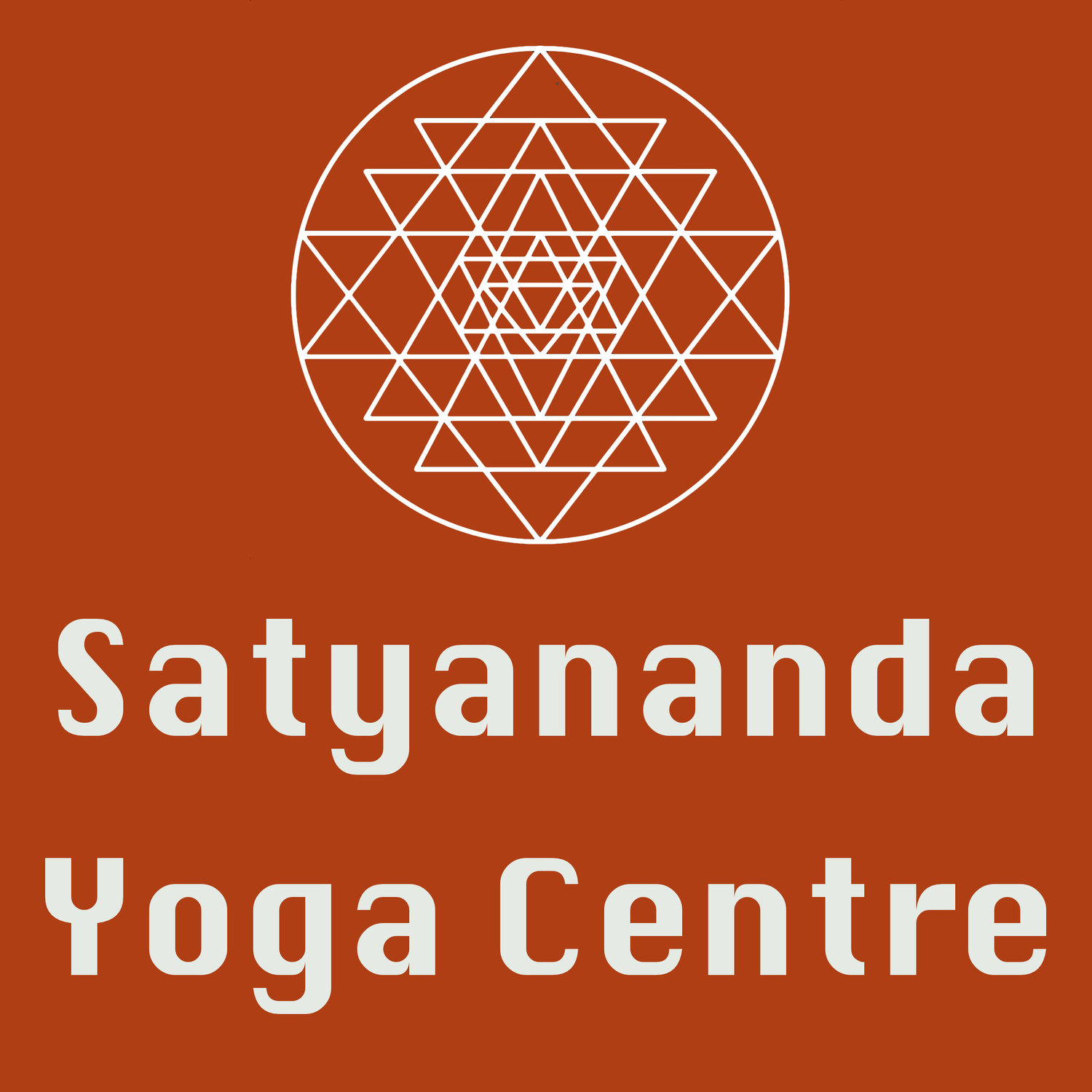Living Yoga Course Weekly Practices and Resources
Visit this page daily to access videos and other resources to help you maintain a regular practice at home.
Each page opens in a new window: simply close it when you are done with the practices therein.
Please try to fill in the feedback form every day.
General recommendations
for the inclusion of practices in daily life
A) DAILY TIMINGS
Upon waking: mantra practice with sankalpa (resolve). This timing is best because the mind is very impressionable right after waking up.
See “Early morning routines” above for details.Before breakfast: asana (postures) and pranayama (yogic breath-work). Starting your day with asana and pranayama, regularly, will help ensure that your body and your nervous system function at their optimum capacity throughout the day. Therefore, even though other timings may sometimes be necessary due to clashes with your schedule, allotting 15 minutes for regular morning practice will give more benefits than even a much longer time at other times of day.
In the afternoon: relaxation practice, such as long shavasana (see “Relaxation & Meditation” above). Conscious relaxation techniques provide a much faster and far more efficient way to destress and unwind than what we usually consider relaxing activities (watching a show, having a drink, etc.). It will give you extra energy for whatever activities you normally do after work, and generally help maintain a more relaxed and positive attitude.
In the evening: a practice of meditation (more coming soon), where you give 10-15 minutes to yourself to reconnect with your inner source of strength and composure, and where you learn to disassociate from the limiting and detrimental parts of your own personality, as well as to throw away unnecessary mental and emotional “baggage”, often imposed on you by your environment. The practice of Kaya Sthairyam is a great start as it teaches us this process with what we can experience most tangibly: the physical body. A slightly longer practice than what we did in the live session is available in “Relaxation & Meditation” above.
B) OTHER SUGGESTIONS
DIGITAL DETOX: Our bodies and minds have not at all evolved at a pace corresponding to the pace of technological evolution. After all, a human generation is thought to be 20-25 years, while machine generations last 4 years or less, and are possibly shortening.
While incredibly useful, our various devices also have a majorly externalising effect on our minds, aggravating our disconnection from our own bodies and living environment.
While a complete control and ability to disconnect at will are skills that may take a some time and effort to develop, one simple practice that helps is to make sure the phones, tablets etc. are not present while we eat. This, of course, includes TV’s, loud music and so on. If you are in the habit of eating while these distractions are present, you will be surprised how much more taste and enjoyment you experience when eating in silence, or perhaps while a neutral / uplifting conversation is going on.
Indigestion and many other problems is greatly reduced.Sitting in vajrasana (thunderbolt pose; sitting on heels) for 5-10 minutes after meals is a simple practice with profound effects. To test it, choose a meal time where it is easiest for you to do, then try to apply it after every meal if possible. Along with benefits for the digestive system, it is also a great aid to help you learn the art of meditation. Simply close your eyes and observe all the processes in the body after you’ve eaten.
Remember, if vajrasana feels really uncomfortable for the ankles and/or knees, it’s perfectly fine to roll a firm blanket and place it between the heels to sit on. That said, if you develop the unsupported vajrasana gradually, you will gain a classical seated posture with many health benefits, as also a great way to sit for meditation.Strive to develop a regular practice - 5 days a week is recommended for best results. It is far better to do a little every day than a lot every now and again.
Feedback: I am here for you if you need any help with the practices, or are struggling with their inclusion in your routine. Use the feedback form or email me with any queries.
I wish you success with your daily practices, and look forward to hearing about your experiences!
Om Tat Sat
Mahesh

